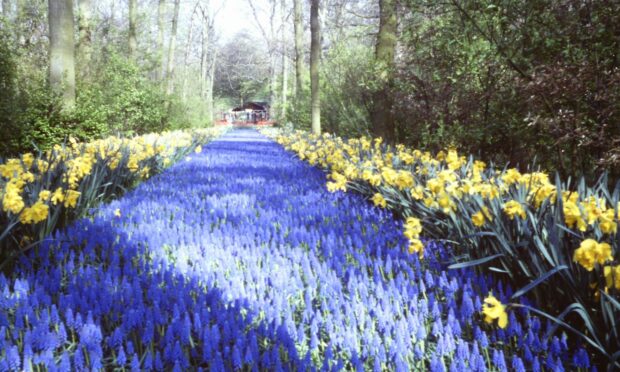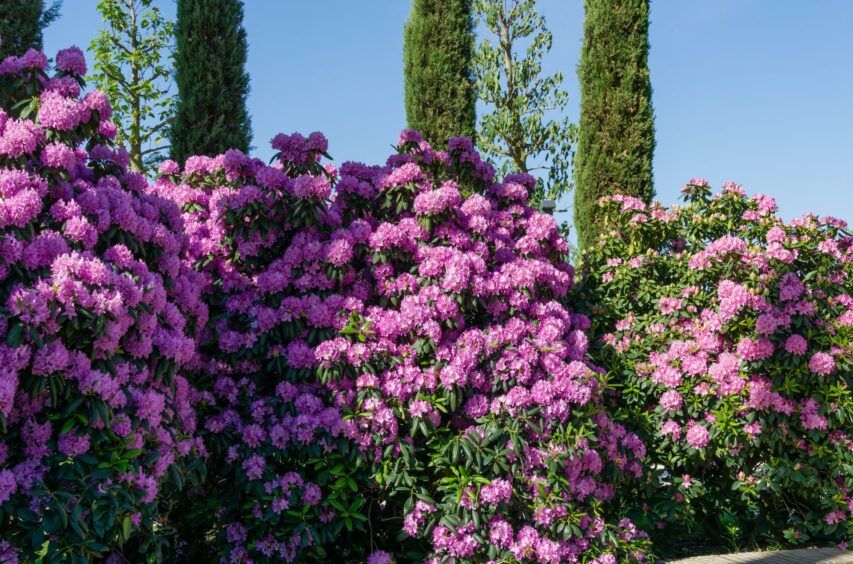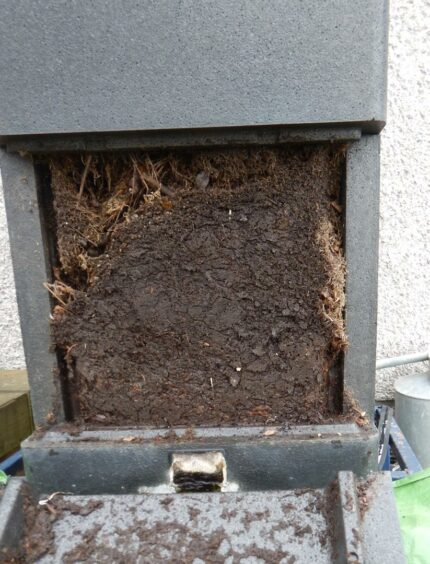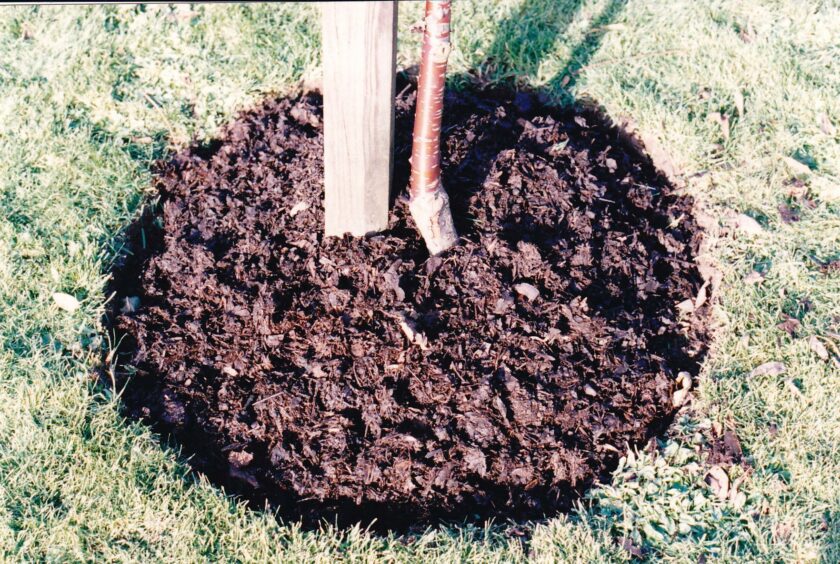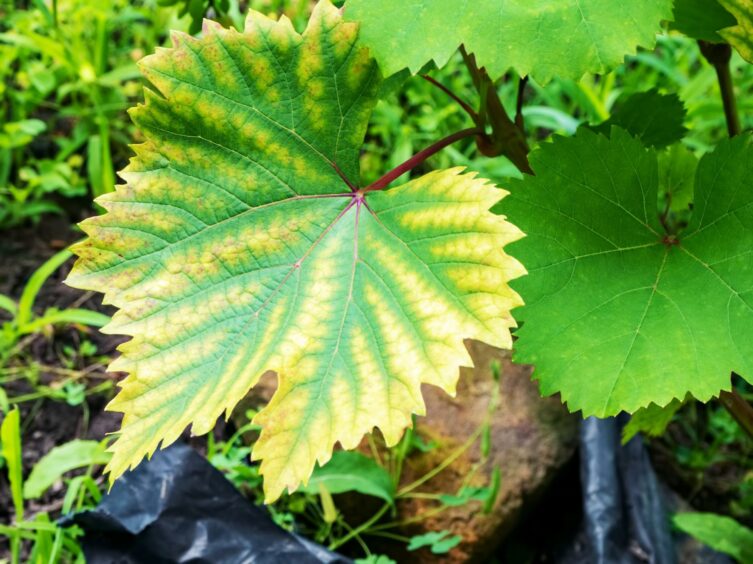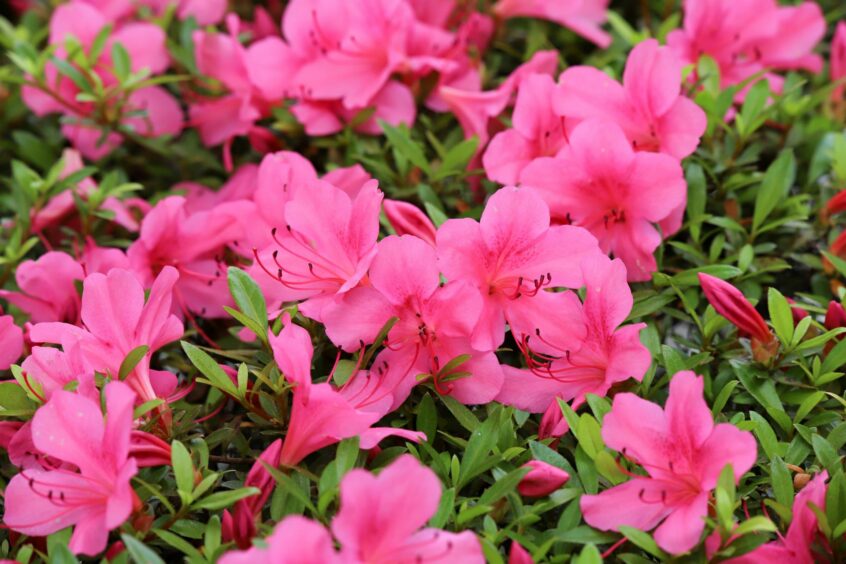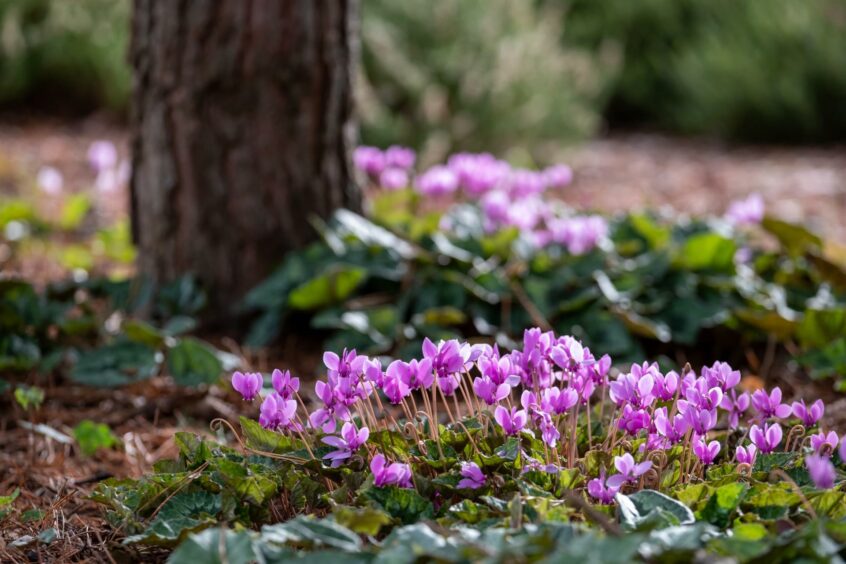What about this weather then? I do keep harping on about it but snow in April? Day and night temperatures nearly matching.
Just in the past 24hrs on my wee max/min outside the back door, highest temp was 8.5C and the lowest was 6.4C, that’s bizarre.
Regardless, time marches on and the weeds continue to grow.
Despite the current demands of the lawn and the vegetable garden, every opportunity should be taken to kill the weeds that are emerging in paths and borders (I hope Mrs McC disnae see this).
Because most of the annual weeds that are germinating are still quite small, the time to deal with them is when the sun is at its warmest.
Hoe the seedlings out of the ground and the sun will desiccate them in minutes.
The gardener’s watchwords must be “if you master the weeds right now it will save you hours of work later on”.
Let them get bigger and then you have to remove them from the soil AND pick them up.
OK, they will help you to fill the compost bin but that’s a pretty weak bit of reasoning, get on with the job NOW.
As it happens, I just emptied my Hotbin last weekend, putting the entire contents on to one of my raised beds, to be used for vegetables.
I intend to spread the well-rotted organic matter evenly over the surface and fork it in lightly before planting.
What about fertiliser? I am NOT going to add any concentrated nutrients just to see how the crops perform.
That brings me neatly to the rest of the garden – in the borders, especially around young trees, hedges, shrubs, roses, fruit bushes and herbaceous perennials, it is time to slacken up the soil which will kill off germinating weeds and then apply a spring fertiliser top-dressing.
There is quite a range to choose from with specialist brands galore claiming to be the best for this plant or that.
Fertiliser
Don’t be fooled by the advertising blurb, plants need a gee-up in the spring and for the most part, any general balanced fertiliser will be fine.
I tend to use Growmore a lot because it is one of the cheapest.
You will often hear NPK mentioned in relation to fertilisers.
Some, like Growmore will carry the initials NPK in the blurb.
For the non-scientists, that simply indicates that the ingredients consist of the three ‘essential’ main elements to encourage balanced growth – nitrogen, phosphate and potash (represented by K, must be a language thing, I suppose).
Furthermore, the information might also carry the figures 7:7:7 which indicates that the NPK are equally balanced.
We have one border at home devoted to rhododendrons and other plants that need an acid soil.
This border is mulched with bark which is pulled back from around the plants about this time then a handful of Vitax Q4 is spread around.
This fertiliser contains a few more ingredients than Growmore and may be a wee bit more expensive but it gives good results.
If the plants in this border were beginning to show a bit of yellowing (referred to as chlorosis) this would indicate that the soil needed to be made more acid, achieved by adding a handful of sulphur chips to the square metre.
Because many of the plants are surface rooting, these fertilisers can only be ‘prickled’ into the surface with a border fork before raking the mulch back in to place.
I am inclined to repeat myself (so I’m told) but I shall say this again, only once.
The practice of mulching is sometimes maligned because the material used for mulching may use up nitrogen.
I have never experienced that in my time.
You are compensating by adding fertiliser below the mulch but for goodness sake don’t stop mulching.
Let’s not forget our indoor plants, at this time, they too need some attention and sustenance.
If they are not due to be potted up into a bigger container, they can be given a new lease of life by gently removing the top 25mm layer of soil and replacing it with fresh new compost.
The rest of the plants would benefit from a liquid feed, which from now on, can be repeated every 10 days or so.
Included in this group would be cyclamen and indoor azaleas that have finished flowering.
The cyclamen should be kept growing for another month or so, allowing them to recover from their exertions and to build up reserves for next season before they are allowed to dry off and take a rest for several weeks.
The azaleas need something like the Miracid liquid feed especially formulated for ericaceous plants. When all danger of frost has passed, they can be stood outside for the summer but for goodness sake don’t forget about them.
